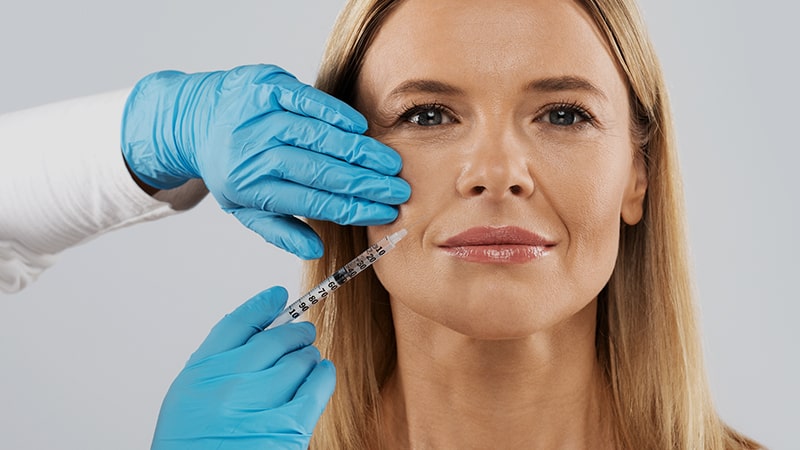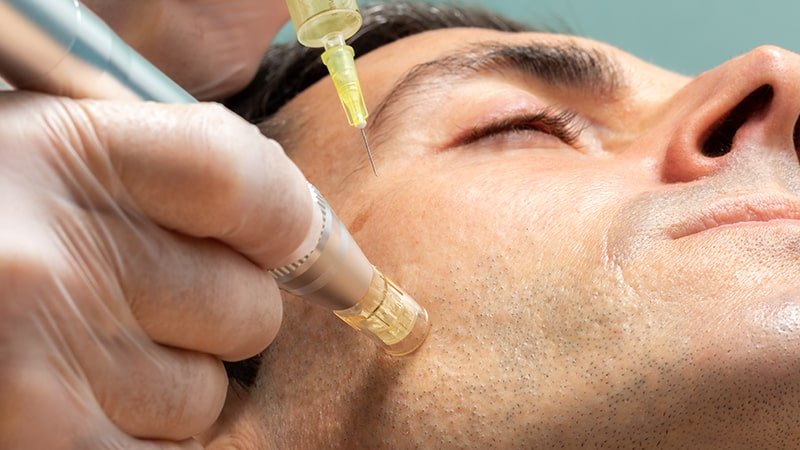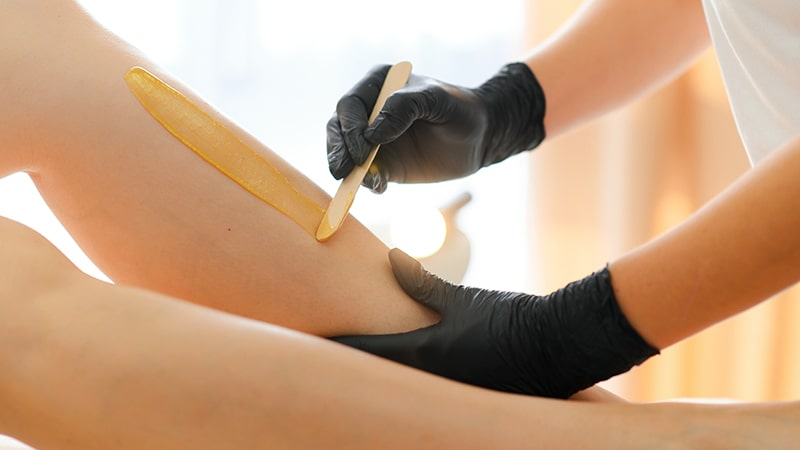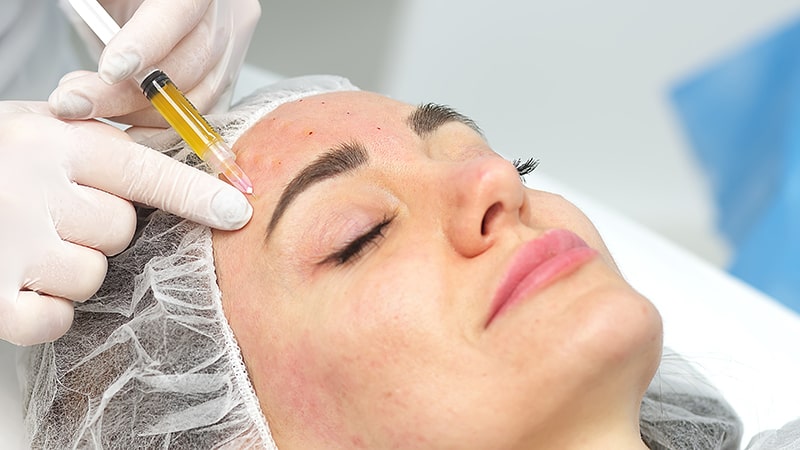Facial fillers are one of the most effective treatments against wrinkles that appear as a result of the natural aging of the skin and the loss of volume in the face.
Wrinkle filler is performed by injections in the areas of interest, in an attempt to restore lost volume, smooth wrinkles and improve facial appearance.
They are a quick and easy solution that, along with other advances in aesthetic medicine, have become a very popular option. Below, we will review the best facial fillers available on the market today, their efficacy, the benefits of each, the possible consequences, the duration of their effects and contraindications.
The best facial fillers
The best facial fillers, such as hyaluronic acid, calcium hydroxyapatite and botulinum toxin, offer natural, long-lasting results with minimal adverse consequences.
The choice of the most appropriate facial filler will depend on the individual needs and goals of each person and medical evaluation.
- Hyaluronic acid is certainly one of the most well-known organic components in the aesthetic industry, due to its high anti-aging properties. It is undoubtedly one of the most widely used facial fillers thanks to the natural results it offers. It is a substance that is naturally found in our body and provides hydration, volume and firmness to the skin. Hyaluronic acid fillers are safe and can be used to treat superficial wrinkles, such as expression lines, as well as to restore volume in areas such as the cheekbones and lips. Results are immediately visible and usually last between 6 and 12 months. Possible consequences are minimal and temporary, such as redness or swelling, and contraindications are rare, generally related to allergies.
- Calcium hydroxyapatite is another popular facial filler with long-term results. This substance stimulates the production of collagen in the skin, improving its texture and firmness. It is especially effective in treating deep wrinkles, such as nasolabial folds. Its results can last up to 18 months. Possible contraindications are similar to those of hyaluronic acid, such as swelling or redness.
- Polylactic acid has the ability to stimulate collagen production in the long term. It is used to treat sagging skin and restore firmness lost over time. Its results usually last about 18 months.
- Polycaprolactone is used as a facial filler due to its durability (between 1 and 4 years) and its ability to stimulate collagen production. It is used to treat deep wrinkles and firm the skin in areas such as the cheeks and chin.
- Radiesse combines calcium hydroxyapatite microspheres with a carrier gel. It provides immediate results and also stimulates collagen production in the long term. It is used to fill deep furrows and improve the appearance of the cheekbones and jawline. Its effects last approximately 12 months.
- Although not technically a facial filler, botulinum toxin (Botox) is used to combat expression lines, forehead wrinkles and wrinkles around the eyes. What Botox does is to temporarily relax the muscles responsible for the formation of wrinkles. There are hardly any consequences, except for redness or some discomfort at the injection site. Its effects last between 3 and 6 months. It is not a suitable treatment for deeper wrinkles or facial volume problems.
Other facial fillers used in aesthetic medicine include polymethylmethacrylate, polyglycolic acid and fat transfer.
Qualities of a good facial filler
For a substance to be considered for use as a facial filler, it must guarantee safe and natural results. The materials used must be biocompatible, thus minimizing the risk of adverse reactions or complications. In addition, the filler should offer predictable results, so that clients can have confidence in the treatment.
On the other hand, the best facial fillers are those that offer long-lasting results. They must be able to maintain their shape and volume for an adequate period of time, avoiding the need for frequent touch-ups.
The above condition goes hand in hand with the filler’s ability to deliver natural results. The substance should be integrated into the facial tissues, avoiding any artificial or exaggerated appearance.
Versatility is another quality of a good facial filler. It must be adapted to the different areas of the face and the needs of each person, in order to address the different signs of aging in a personalized way.
Why would anyone want to apply filler to their wrinkles?
The application of facial fillers is a personal decision based on the desire to improve appearance and regain a more youthful look. Generally, the following are some of the most common reasons for considering this type of treatment:
- Reduction of wrinkles and expression lines. This can result in a smoother and rejuvenated facial appearance.
- Restoration of facial volume. With aging, volume is lost in the cheekbones, lips and cheeks. Facial fillers can restore that lost volume and restore a more contoured appearance.
- Improvement of facial asymmetry. Some people may have natural facial asymmetries or develop imbalances due to aging. Facial fillers can correct these asymmetries.
How is facial filler application performed?
Facial filler application is a procedure that should be performed by trained professionals. Normally, the procedure begins with a needs assessment in a consultation. The person in charge will determine the most appropriate type of facial filler and the contraindications and possible risks of the procedure will be discussed.
Next, we move on to the action phase:
- Prior to the procedure, a topical anesthetic cream may be applied to minimize any discomfort. The physician will also disinfect the treatment area to reduce the risk of infection.
- Facial filler application. Using a fine needle, the physician will carefully inject the facial filler into the selected areas. During the procedure, gentle massage can be performed to ensure even distribution of the filler.
- The results of facial fillers are generally visible immediately. After the procedure, mild swelling, redness or bruising may be experienced, but usually disappears within a few days. Specific aftercare instructions can be provided, such as avoiding makeup or excessive sun exposure for a certain period of time.






